Registro completo de metadatos
| Campo DC | Valor | Lengua/Idioma |
|---|---|---|
| dc.rights.license | Reconocimiento 4.0 Internacional. (CC BY) | - |
| dc.contributor.author | Falco Pastorino, María Victoria | es |
| dc.contributor.author | Fabbiani Carlos, María Gabriela | es |
| dc.contributor.author | Russo, Raúl E. | es |
| dc.date.accessioned | 2025-04-22T14:15:36Z | - |
| dc.date.available | 2025-04-22T14:15:36Z | - |
| dc.date.issued | 2024-10-09 | - |
| dc.identifier.uri | https://hdl.handle.net/20.500.12381/3935 | - |
| dc.description.abstract | The ependyma of the adult spinal cord is a latent stem cell niche that contributes to the glial scar after spinal cord injury. The mechanisms by which injury reactivates the ependymal stem cell niche remain unknown. Ependymal cells are coupled via connexin (Cx) 43 and Cx26 in the active niche of neonatal mice, but uncouple with downregulation of Cx26 in the adult. Injury induces re-coupling and the upregulation of Cx26, suggesting a role for Cx signaling in the reactivation of the ependymal stem cell niche (1,2). We hypothesized that Cx26 is a main regulator of the response of ependymal cells to tissue damage. To analyze the specific role of Cxs in ependymal cells we used transgenic mice to selectively delete Cx26 or Cx43 by crossing mice with floxed Cx26 or Cx43 genes with a FoxJ1CreER-tdTomato transgenic line. We found that in Cx26fl/fl mice, recombination with tamoxifen strongly affected the CC response to injury 5 and 15 days post injury. The deletion of Cx26 in ependymal cells modified their contribution to the glial scar. Surprisingly, the deletion of Cx43 also reduced proliferation. To test whether Cx43 effect on proliferation was related to Cx26, we quantified the expression of Cx26 in Cx43 fl/fl mice and found a significant reduction, suggesting that the effect of Cx43 deletion on ependymal cell proliferation was due to the lack of Cx26 expression. Our findings suggest that Cx26 is a key molecular component of the signaling pathways that lead to the reactivation of ependymal cells and thus represents a potential target to improve the contribution of the ependymal stem cell niche to self-repair. We speculate that Cx43 hemichannels may be involved in the mechanisms activated by injury that mediate Cx26 expression.1. Fabbiani et al. (2020) Connexin signaling is involved in the reactivation of a latent stem cell niche after spinal cord injury. J Neurosci 40:2246-2258. 2. Falco et al. (2023) P2X7 receptor activation awakes a dormant stem cell niche in the adult spinal cord. Front Cell Neurosci 17:1288676. doi:10.3389/fncel.2023.1288676 | es |
| dc.description.sponsorship | Wings for Life Grant WFL-UY-13/23, Project # 290 | es |
| dc.language.iso | eng | es |
| dc.relation | https://www.abstractsonline.com/pp8/#!/20433/presentation/23241 | es |
| dc.rights | Acceso abierto | * |
| dc.source | Neuroscience 2024 | es |
| dc.subject | Médula espinal | es |
| dc.subject | Receptores purinérgicos | es |
| dc.subject | Conexinas | es |
| dc.subject | Reparación de la médula espinal | es |
| dc.title | The role of connexins in selfrepair induced by endogenous spinal progenitors | es |
| dc.type | Documento de conferencia | es |
| dc.subject.anii | Ciencias Médicas y de la Salud | |
| dc.subject.anii | Medicina Básica | |
| dc.subject.anii | Neurociencias | |
| dc.identifier.anii | FCE_3_2022_1_172524 | es |
| dc.type.version | Publicado | es |
| dc.anii.institucionresponsable | Instituto de Investigaciones Biológicas Clemente Estable | es |
| dc.anii.subjectcompleto | //Ciencias Médicas y de la Salud/Medicina Básica/Neurociencias | es |
| dc.anii.subjectcompleto | //Ciencias Médicas y de la Salud/Medicina Básica/Medicina Básica | es |
| Aparece en las colecciones: | Instituto de Investigaciones Biológicas Clemente Estable | |
Archivos en este ítem:
| archivo | Descripción | Tamaño | Formato | ||
|---|---|---|---|---|---|
| The role of connexins in selfrepair induced by endogenous spinal progenitors.pdf | Descargar | Resumen_SfN_NS2024_2 | 1.1 MB | Adobe PDF |
Las obras en REDI están protegidas por licencias Creative Commons.
Por más información sobre los términos de esta publicación, visita:
Reconocimiento 4.0 Internacional. (CC BY)
